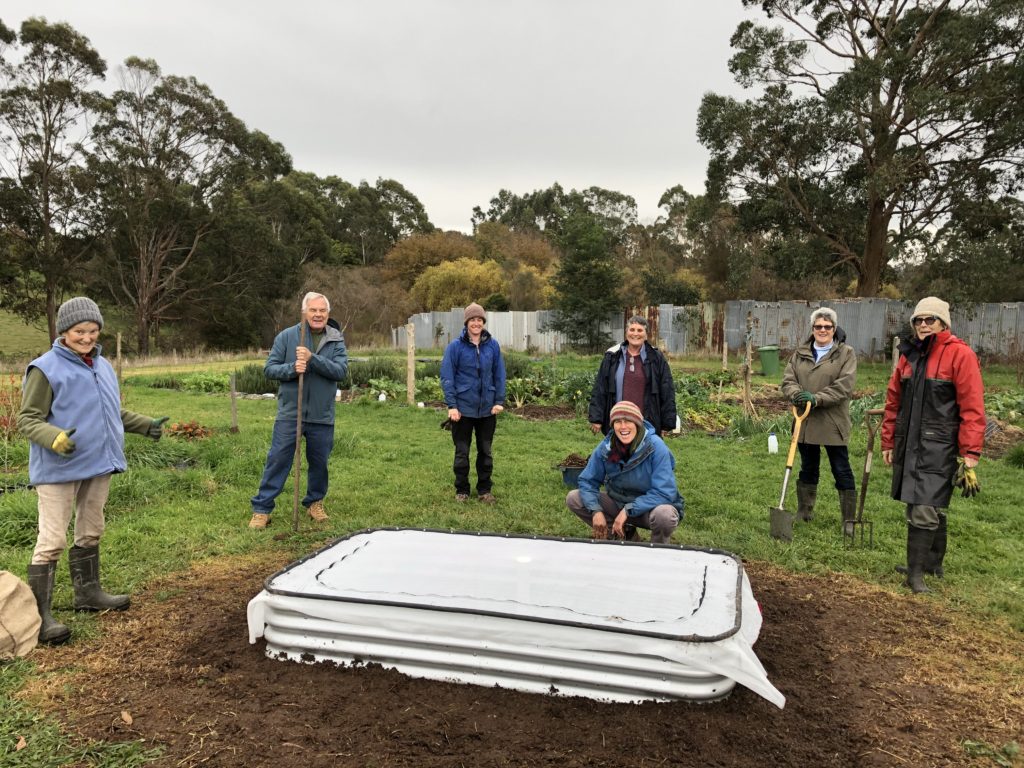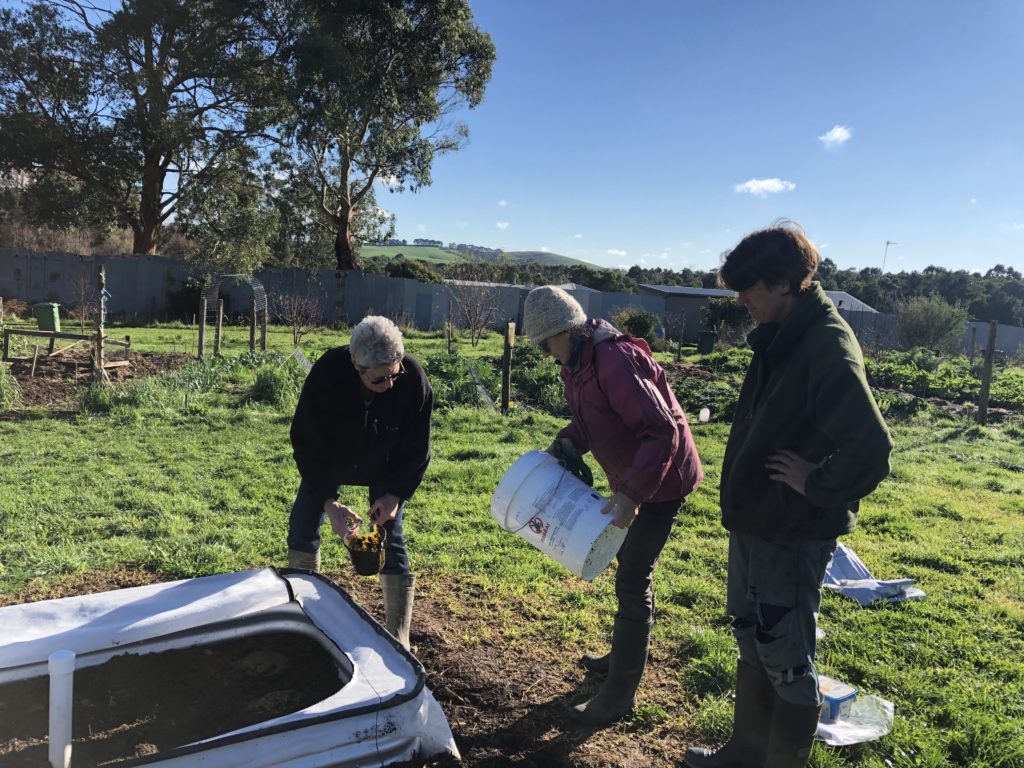Dung beetles dig tunnels in the soil underneath cow pats and line these tunnels with dung, removing it from the surface. This prevents the dung’s high levels of nitrogen and phosphorus from washing into surface waters and polluting dams, waterways and marine environments. It also improves soil health and helps fertilise pastures, and helps break the bush fly cycle meaning less flies. What’s not to love?
SGLN received funding in 2021 to conduct a field day and develop a dung beetle resource page (we were supported by Australian Communities Foundation through the Hamer Sprout Family Fund). The field day was held in Toora in March 2021. Dr Russ Barrow from the Dung Beetle Ecosystem Engineers Project (DBEE) and Charles Sturt University spoke about the benefits of dung beetles, how to capture, identify and relocate them, and what species are found locally.
Click on the topics below to hear audio recordings with dung beetle specialist Dr Russ Barrow:
- How dung beetles help waterways, improve pasture production and the link between dung beetle and regenerative agriculture
- How farmers can protect dung beetles, use of drenches, and aiming for beetle coverage year round
- Which dung beetle species occur in our area and how to find out which species are on your property
Dung Beetle Nurseries
Following the field day SGLN was keen to increase the number and diversity of dung beetle species in our area; particularly winter and spring active species which we suspect are less common (or absent) locally. Partnering with Bass Coast Landcare Network we established two dung beetle nurseries in each network in 2021 to try breeding Bubos bison (winter active) and Onthophagus vacca (spring active). These nurseries are being looked after by a group of committed volunteers. Unfortunately they have had limited success to date, especially the Bubus bison. The wet years may have contributed to this, or it may be that our climate is too wet and cold for this species. This project was supported by West Gippsland CMA, through funding from the Australian Government’s National Landcare Program.


Dung Beetle Monitoring Project
Our citizen science dung beetle monitoring project trained local farmers to monitor dung beetles over 1 year (April 2022-May 2023), to more clearly determine what species are established in the region and when they are active.
Across twenty six monitoring sites we gathered data on which species were present and approximate numbers. The overall combined results of all species show there were dung beetles present in reasonable numbers during spring, summer and autumn, but there was little activity in May, almost none in June and July, and little activity again in August. This confirms our suspicion that there are few or no dung beetles active in winter in our region, however they are active in spring.
We are continuing to investigate ways to fill the winter activity gap.
For more information here is the final report for the project.
Dung Down Under in Southern Gippsland – Dung Beetles to Improve Waterways and Soil Fertility is supported by the Victorian Government through the Victorian Landcare Grants.
For further information contact SGLN Projects and Education Coordinator:
Cassie Wright: cassie@sgln.net.au




